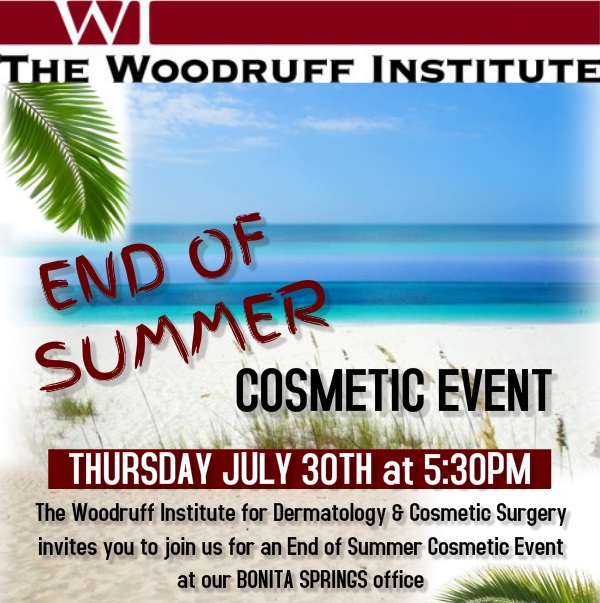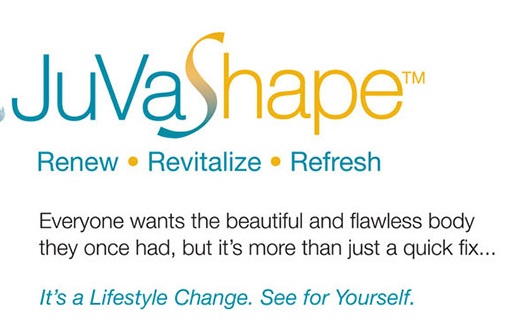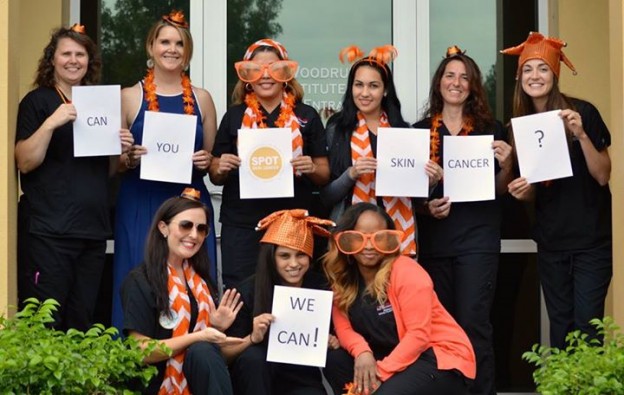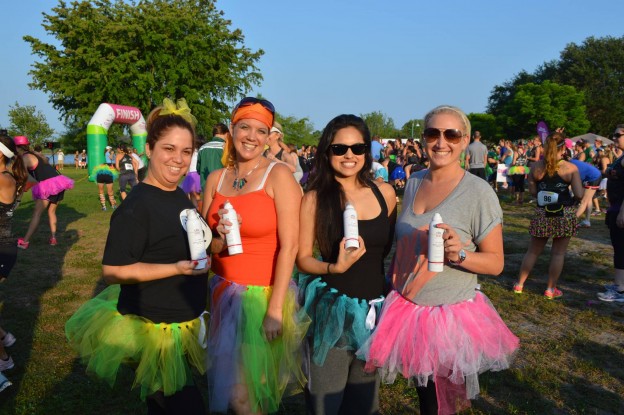Microneedling is the process of creating tiny micro-injuries to the skin in order to improve the appearance of scars and wrinkles. It is s a minimally invasive skin-rejuvenation procedure that involves a device that contains fine needles. This sounds scary but patients tolerate this very well and a topical anesthetic cream is applied prior to the treatment. The controlled injury stimulates the growth of collagen and improves the scaffolding under the skin. The process works well for patients with acne scars or fine lines and wrinkles looking to improve the texture of their skin. It is also used to reduce the appearance of traumatic scars, pore size, irregular pigmentation and stretch marks.
Generally, 4 to 6 treatment sessions are recommended that can be performed at 4 week intervals. The whole procedure takes about 30-90 minutes depending on the areas treated. Typically, the treated area will look pink and puffy for 1-5 days depending on the level of treatment with most patients looking near normal at 2-3 days. Microneedling can be performed anywhere on the body with the most common areas being the face, neck, chest, hands and abdomen.
Collagen P.I.N. (Percutaneous Induction Needling) differs from older generation microneedling devices as it is motorized and has an adjustable gauge to precisely control needle depth. This can be adjusted throughout the treatment depending on the skin thickness and problem being addressed. Depth and delivery are very important for better results and a shorter recovery. More importantly, the Collagen P.I.N. utilizes special sterile surgical grade disposable needle tips to ensure the highest level of safety.
Microneedling is different than our resurfacing lasers because it is safe for patients of all skin colors, including those with a tan and anyone looking for a shorter recuperation period. That being said, many patients combine lasering and microneedling for optimal results and studies show that they can often work better together. We are seeing great results with the Collagen P.I.N. on fine lines and wrinkles around the eyes and mouth. These can be combined with our more traditional neurotoxin treatments (i.e. Botox, Dysport, Xeomin) and may help them last longer! With a new treatment device available, we are excitied to offer and tailor the best treatment regimen to fit your skin type and lifestyle.
Written by: Kathryn J. Russell, M.D.











